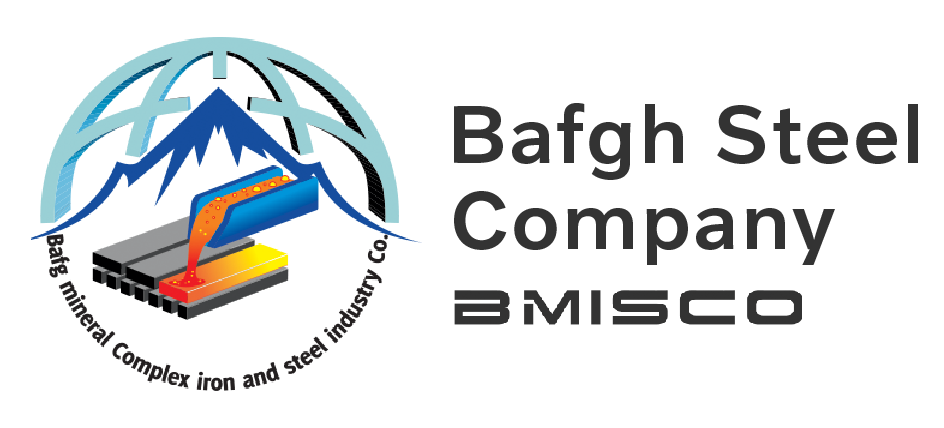Steel Production Chain Completion
Maintaining self-sufficiency and utilizing high-quality ingots for the production of steel products is consistently one of the primary concerns and overarching policies of Bafgh Steel. The establishment of the steelmaking and casting factory with a capacity of 1 million tons of ingots per year is another endeavor by Bafgh Steel towards completing the steel production chain and achieving a strong presence in the country’s steel market.
Steelmaking Production Process
The method used for producing steel ingots at Bafgh Steel is designed to be electric arc. In this process, sponge iron and other additives are first poured into the electric arc furnace, which is designed as a large, shallow container. They are then melted by the heat generated by the electric arc between the electrodes and the material in the furnace. To prevent the breaking of the electrodes and maintain the quality and properties of the molten steel, our experts consistently strive to select the best and most suitable composition of raw materials possible. In the end, after collecting the slag, the molten steel is sent to the casting unit to be molded and then, following the cooling step, it is transformed into steel ingots.
The high quality of steel ingots affects the manufacturing of products; therefore, recognizing this importance, Bafgh Steel has engaged European contractors to establish this industrial unit.
Bafgh Steelmaking Sections


